
Introduction
There is a huge difference between a fire and a flame. It can be said that fire has controllable and uncontrollable attributes and possesses the power of destruction. While flame represents the controlled form of fire and possesses the power of construction. A flame offers visibility and helps in the growth of any beings. It also is a symbolic representation of a concentrated mind. It could be jestfully pointed out that a flame can light up an entire house, while a fire can light up a match to an entire house.
Āratī is a Vedic ritual performed towards the end of any pooja or havan. It is performed by lighting a camphor on a plate with camphor holder, circumambulation of the deity, usually thrice, offered to the participants of the pooja and to the general audience who attends the pooja. The person who witnesses the pooja takes the āratī offering by placing his/her hands over the top of the flame, tries to catch the flame and gently place the palms over his/her eyes.
To a rational person, this may just look superstitious. But for a logical Sanātana Dharmī, this practice is considered highly valuable. In fact, no pooja ends without an āratī. This article tries to highlight the meaning behind the process of taking āratī and several perspectives abiding the practice.
Steps involved in Āratī
Every step followed in an āratī holds several meanings, beginning with circumambulation of āratī around the deity to offering it as a Prasāda to the participants. Broadly speaking, the steps can be divided into 3, they are:
Let us now, look at the steps in detail accompanied with logical analysis.
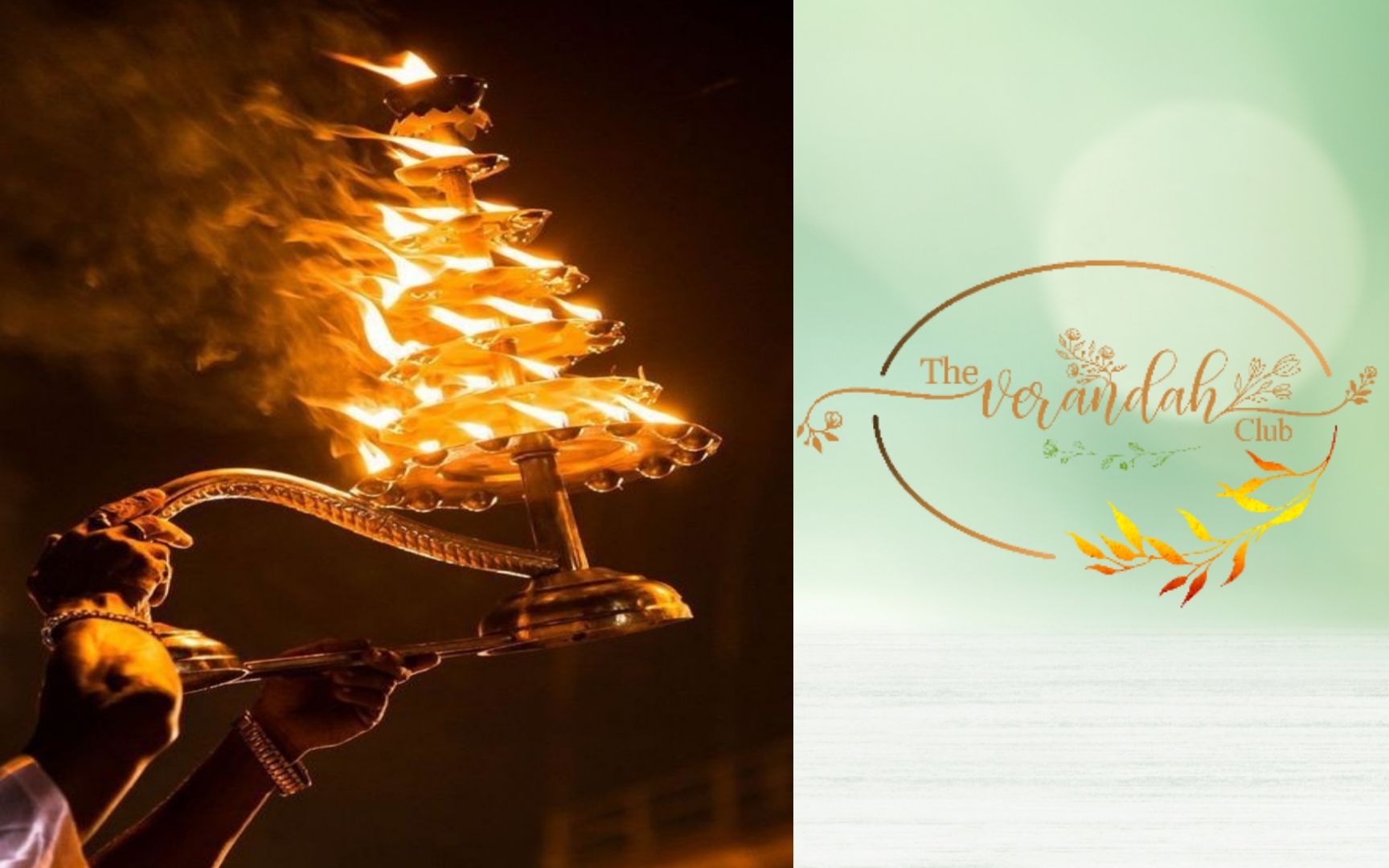
The Process of Circumambulation of Āratī
During the ancient times, the Sanctum sanctorum, where the deity is offered pooja, used to be very dark, as there would be no passage for the light to penetrate. So, āratī was the only method by which every aṅga of the Lord could be observed. This paved way for the mind to meditate instantly on the various aṅga-s of Īśvara, as He/she is considered all powerful (Sarvaśaktimān) and merciful (Karuṇāmayā).
The generally accepted meaning of the process of circumambulation of āratī is that one sincerely offers his/her prayers to help one remove the ignorance and give one the clarity. And also, to bless everyone with the power to discriminate between dharma and adharma.
Camphor is placed on the stand in the plate and lighted. This religious symbolism itself holds an in-depth meaning. The camphor represents the Vāsanā-s (Inclinations) in our personality and lighting it with fire means lighting the vāsanā-s with the knowledge. This representation helps us see the Īśvara (the subtle aspect) in the form of deity (gross form) and enjoy the spiritual ecstasy in identifying the Aikyaṁ (Oneness).
Camphor also has a perfume inherent in it which spreads throughout the place wherever it is burnt. As how the sacrifice of a camphor to a higher ideal, spreads the perfume, so too a person who is intensely devoted and accepts all the actions as Īśvara Prasāda spreads love all around him.
The priest performs the āratī and shows us the physical attributes of Īśvara, is compared to a Guru who helps us realize the Īśvara in us through the Mahāvākya.
Circumambulation of the āratī in clockwise direction denotes the direction of earth’s rotation. It also indicates the movement of Kuṇdalinī (the spiritual energy) from Mūlādhāra to Sahasrara. The āratī is performed three times to mark the evolution of a person from Tāmasik predominant state to Sātvik through Rājasik.
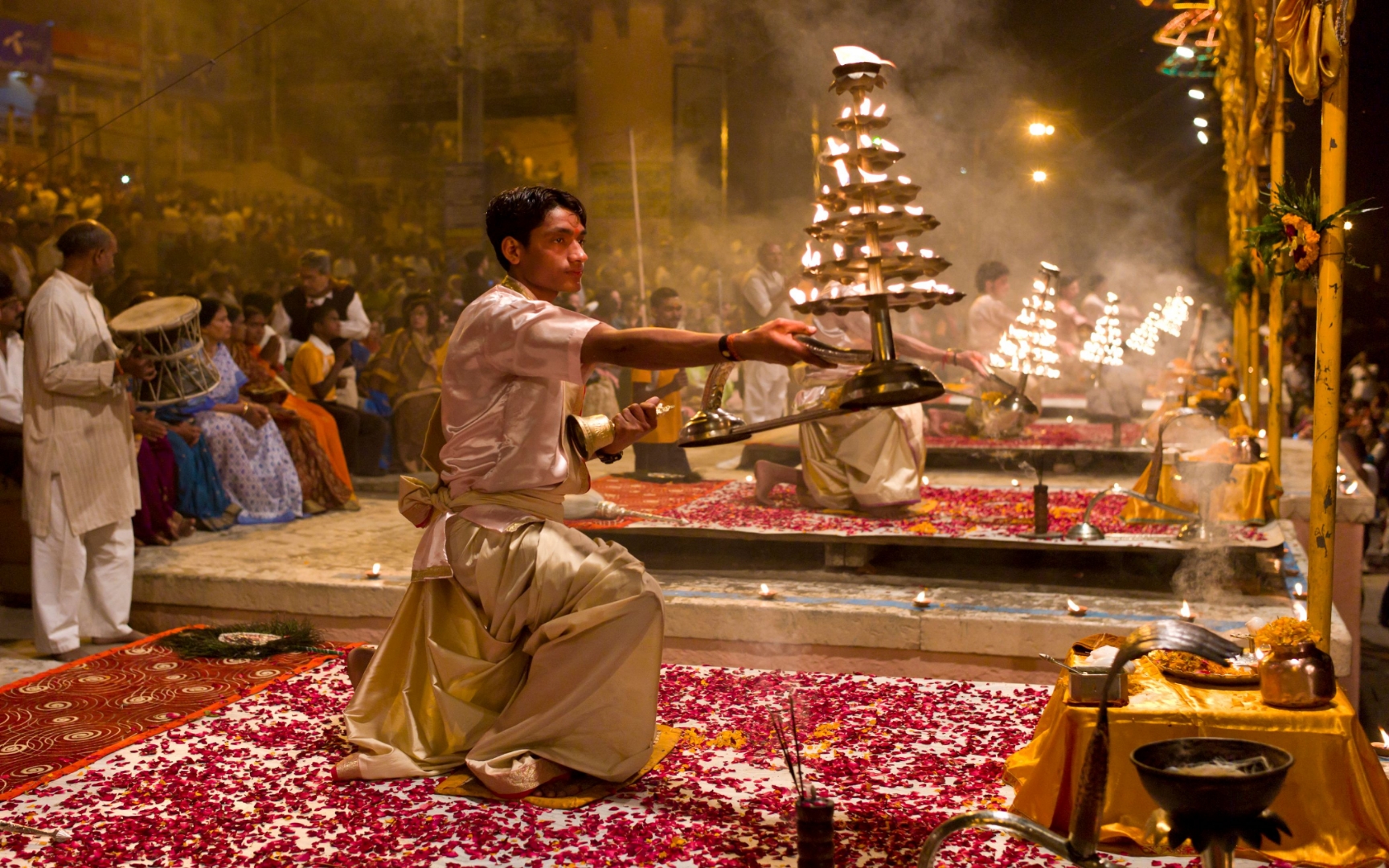
The Way of Internalizing the Presence of God
When the circumambulation of the āratī is done by the priest, the bhaktas look at the āratī and close their eyes. Constant repetition of the action for a certain period helps them retain the image of the Īśvara in their mind. This indeed helps them transform their bhakti into bhakti yoga. In the modern-day context, it is called the open-eyed meditation. This simple but effective method helps us in gaining Cittaikāgratha (Single-pointed mind) which later helps in our spiritual evolution.
Bhakti yoga is one of the easiest ways to achieve the last of the four Puruṣārtha-s, Mokṣa. It is stated in our scriptures that the bhakti can be expressed in nine forms. This Navavidha Bhakti has been prescribed in the form of a sloka in text 24-25, chapter 5, 7th canto of Śrīmadbhāgavataṁ, which is said to have been described by Prahalāda Maharāja, as:
Śravanam Kīrtanaṁ Viṣnoḥ Smaraṇaṁ Pādasevanam
Arcanaṁ Vandanaṁ Dāsyaṁ Sākhyaṁ Ātmanivedanaṁ ||
Praying to Īśvara at the time of āratī during the dīpārādhanā is the best moment to align our thoughts towards Bhagavān. These types need not be separate. The ensemble of types of bhakti-s can be found together during the time of āratī.
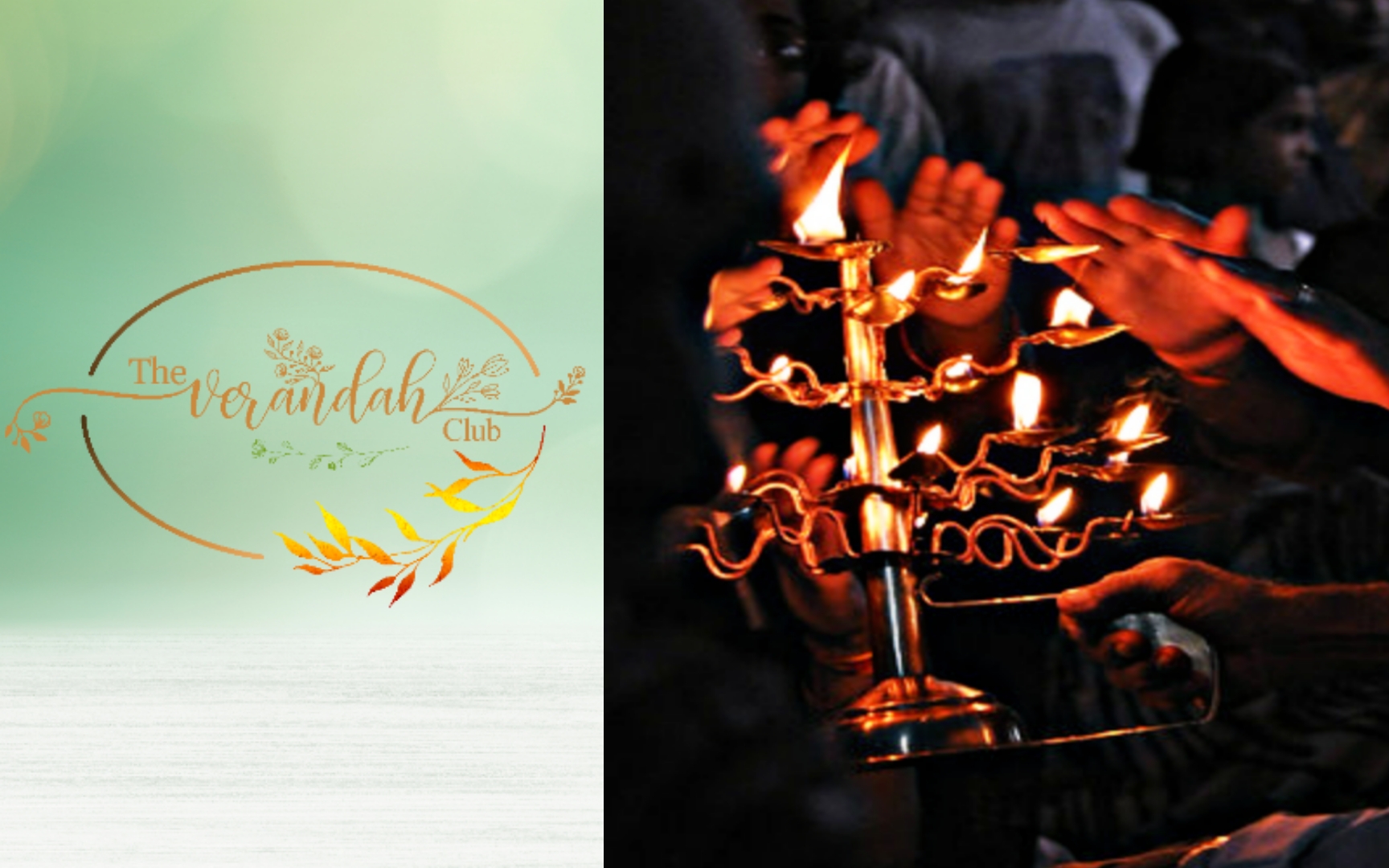
The Act of Accepting the Offering
This is usually done when the āratī is offered as a prasāda to the bhaktā-s. The flame is covered with both the palms and the bhakta acts so as to catch it. He/she then places his/her palms over the eyes and moves it over the head subsequently. The act of accepting the offering also symbolizes, “May He bestow me with the vision to discriminate between dharma and adharma. And with lofty noble thoughts to keep up the Īśvara Cintana (thoughts about God).”
Conclusion
One shall try to remember the reason associated with the practice of āratī so that the entire act of worship is understood clearly and becomes complete. Let us rediscover the “Why” behind all practices in Sanātana Dharma and pass it on to the next generation. This simple deed aids in preserving our culture, legacy, and identity.
The circumambulation of the āratī is performed around the vigraha by pronouncing the following Vedic mantra which holds an out-and-out meaning and is beyond dialectics,
Na Tatra Sūryo Bhāti Na Candratārakaṁ
Nemā Vidyuto Bhānti Kutoyamahniḥ |
Tameva Bhāntaṃ Anubhāti Sarvaṁ
Tasya Bhāsā Sarvamidaṁ Vibhāti ||
That without which the sun shuns to blaze; neither shines the moon with the stars,
That without which, does the fire burn?
That alone shines with which everything shines,
With whose light alone everything here shines.
Finally, āratī reveals us that life is like a circle, the Karma phalā comes back to you, for that you do here.

Mr. T. R. Surya is the special correspondent of the company. He is an eloquent speaker and compendious writer of English. An avid learner of Sanskrit and Indian scriptures under the guidance of Swami Ganeshaswarupananda and Gita Chaitanya of Arshavidyalaya. His inclination and interests are towards studying Metaphysics and philosophies.
NEXT ARTICLE
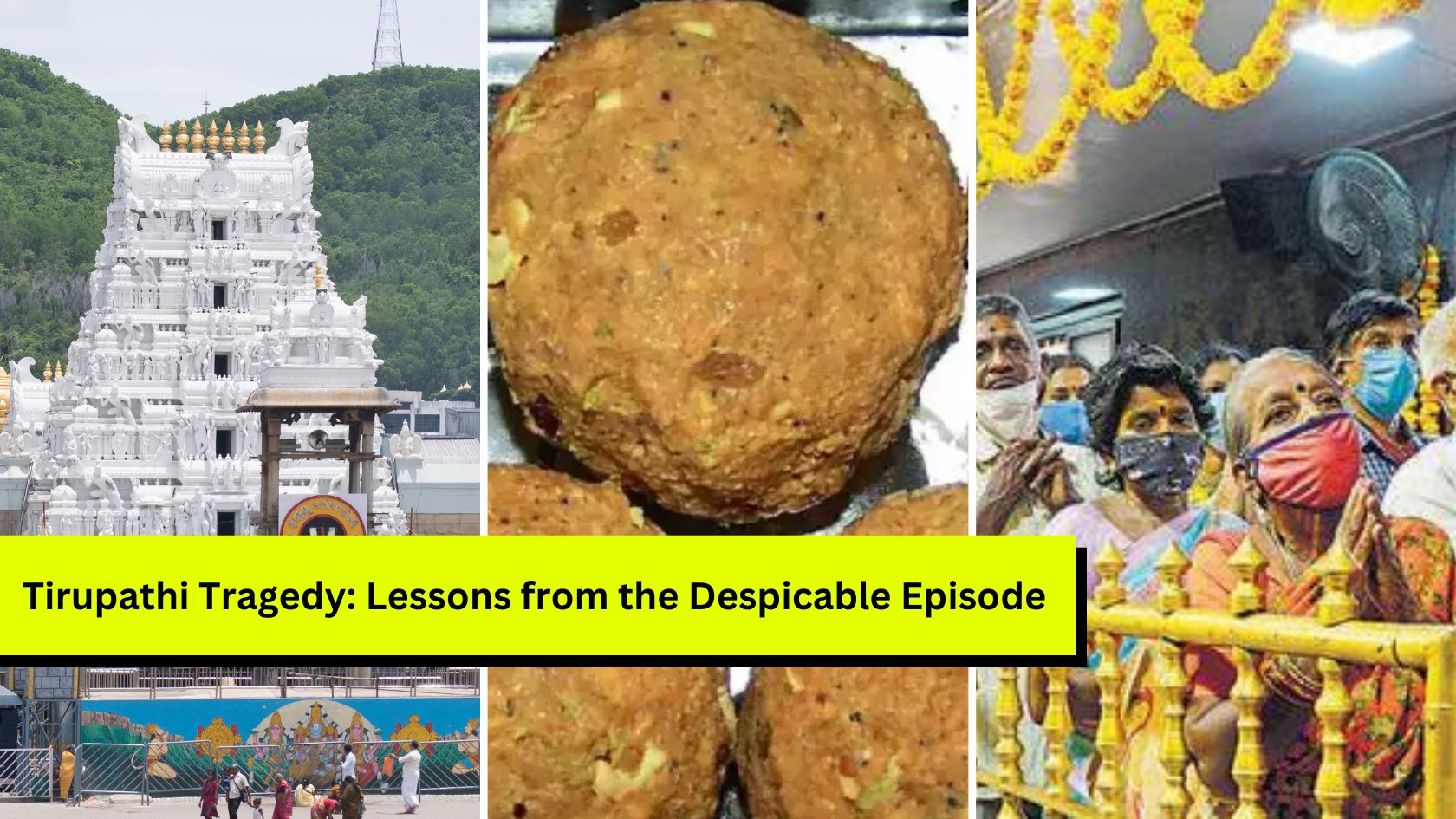
The Venkateshwara Swami Temple in Tirupati is among the holiest places in the world for Hindus. Millions of people throng the temple every year to get...

It is a sad reality that our Itihasa and Puranas have been subject to severe distortion over the years. This is not surprising considering how even th...
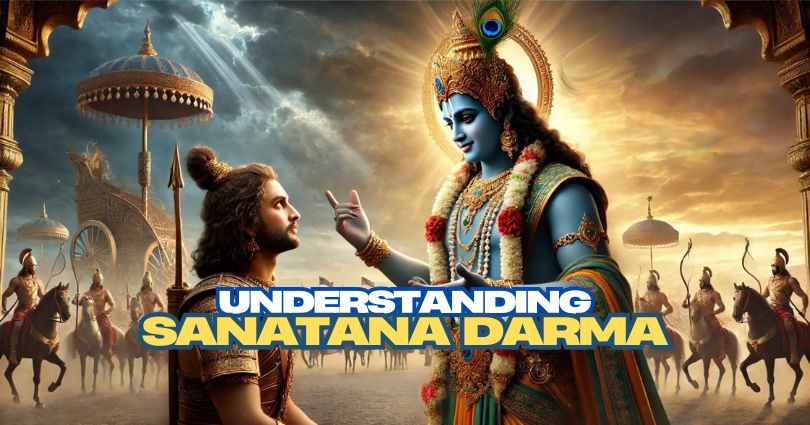
The holy land of Bharat follows Sanatana Dharma. The word Sanatana Dharma is a Sanskrit word meaning, “Eternal law”. It is the indestructible ultimate...